Tuesday morning’s wet and blustery weather was an appropriate backdrop for Tesco to announce its half-year results. Chief executive Sir Terry Leahy thinks so, at least.
“As retailers we like to have the wind on our backs, and not in our faces,” he says of the downturn. “In an economic tailwind,” he adds, it will be harder for businesses, acknowledging that the UK has been hit as hard as any, with the possible exception of Ireland, which is “suffering similar problems to the UK, and possibly it is more exaggerated there because the economy has had a bigger boom.” But, he says: “Tesco is at its best in times like these.”
And who would doubt it? Like-for-like sales for the 26 weeks to 23 August, excluding petrol, grew 3.7% – hardly spectacular but given the dire state of the global economy, should Tesco be happy?
Yes, says Sir Terry. “I think 3.7% like-for-like is not weak. In 2008, people would see that as a pretty solid performance.” Perhaps it’s the fact we’ve not been used to merely “solid” performances from Tesco for so long. And adverse trading conditions certainly haven’t damaged profits. With sales totalling £20.1bn, first-half operating profits in the UK were £1.21bn – up by 14% from the £1.06bn posted six months ago.
Meanwhile, underlying pre-tax profit for the company as a whole was up more than 10% to £1.45bn, group sales were up 14.1% and international growth will continue to provide an effective hedge for the business, with 12 million sq ft of space planned for roll-out by the end of this financial year compared with 722,000 sq ft in the UK so far.
The view from market analysts on the UK performance is positive, if cautious. Tesco’s results were “very solid”, says Blue Oar’s Greg Lawless. “They haven’t hit the price button in a panic way. What they have done is quite measured.”
In difficult markets, Tesco’s interim results impress, adds Jonathan Pritchard of analyst Oriel Securities. The UK grocery sector is not the best place to be at the moment, but Tesco has held its ground. “In a tough trading environment, in which it showed very little like-for-like growth, to maintain UK operating margins was a good effort,” he adds. A great deal of work has been done to batten down the hatches and keep a tight reign on costs with £450m of cost savings identified across the business through “efficiencies”.
Still, as an indication of the times, Tesco’s utility bill alone was £70m more this time around against the last comparative half-year. “Progress is going to be slowed down,” he says. “A business shouldn’t rely on customers always having more to spend each year. We have to stay close to them. As they change, we change.”
Margins may be on steady footing, but according to TNS data Tesco’s UK market share slipped 0.2 percentage points to 31.5% for the 12 weeks to 7 September, losing ground to market rivals Asda and Morrisons, as well as Aldi and Lidl. That is why Tesco launched its range of discounter brands two weeks ago, a tactical move to keep customers with less cash in their pockets loyal, says Sir Terry.
“We’re making adjustments every day. If you keep the customer loyal to you, then when they’ve got more money later on, they’ll spend it with you.” That, he believes, is where Tesco differs from its rivals. “If food prices shoot up, consumers change the way they shop. The mistake retailers make is wishing that they wouldn’t.”
Sir Terry is cautiously optimistic about the economy, however. “In 1992, interest rates were at 15% and we’re not seeing those conditions at the moment,” says Sir Terry. “I don’t think it’s helpful to speculate on how bad it can get.”
Tesco is strong enough to weather the storm, adds Pritchard. “There is little doubt Tesco is well managed. In peaks and troughs it can be relied upon to deliver on market expectations. That’s worth a lot in the current market.”
“As retailers we like to have the wind on our backs, and not in our faces,” he says of the downturn. “In an economic tailwind,” he adds, it will be harder for businesses, acknowledging that the UK has been hit as hard as any, with the possible exception of Ireland, which is “suffering similar problems to the UK, and possibly it is more exaggerated there because the economy has had a bigger boom.” But, he says: “Tesco is at its best in times like these.”
And who would doubt it? Like-for-like sales for the 26 weeks to 23 August, excluding petrol, grew 3.7% – hardly spectacular but given the dire state of the global economy, should Tesco be happy?
Yes, says Sir Terry. “I think 3.7% like-for-like is not weak. In 2008, people would see that as a pretty solid performance.” Perhaps it’s the fact we’ve not been used to merely “solid” performances from Tesco for so long. And adverse trading conditions certainly haven’t damaged profits. With sales totalling £20.1bn, first-half operating profits in the UK were £1.21bn – up by 14% from the £1.06bn posted six months ago.
Meanwhile, underlying pre-tax profit for the company as a whole was up more than 10% to £1.45bn, group sales were up 14.1% and international growth will continue to provide an effective hedge for the business, with 12 million sq ft of space planned for roll-out by the end of this financial year compared with 722,000 sq ft in the UK so far.
The view from market analysts on the UK performance is positive, if cautious. Tesco’s results were “very solid”, says Blue Oar’s Greg Lawless. “They haven’t hit the price button in a panic way. What they have done is quite measured.”
In difficult markets, Tesco’s interim results impress, adds Jonathan Pritchard of analyst Oriel Securities. The UK grocery sector is not the best place to be at the moment, but Tesco has held its ground. “In a tough trading environment, in which it showed very little like-for-like growth, to maintain UK operating margins was a good effort,” he adds. A great deal of work has been done to batten down the hatches and keep a tight reign on costs with £450m of cost savings identified across the business through “efficiencies”.
Still, as an indication of the times, Tesco’s utility bill alone was £70m more this time around against the last comparative half-year. “Progress is going to be slowed down,” he says. “A business shouldn’t rely on customers always having more to spend each year. We have to stay close to them. As they change, we change.”
Margins may be on steady footing, but according to TNS data Tesco’s UK market share slipped 0.2 percentage points to 31.5% for the 12 weeks to 7 September, losing ground to market rivals Asda and Morrisons, as well as Aldi and Lidl. That is why Tesco launched its range of discounter brands two weeks ago, a tactical move to keep customers with less cash in their pockets loyal, says Sir Terry.
“We’re making adjustments every day. If you keep the customer loyal to you, then when they’ve got more money later on, they’ll spend it with you.” That, he believes, is where Tesco differs from its rivals. “If food prices shoot up, consumers change the way they shop. The mistake retailers make is wishing that they wouldn’t.”
Sir Terry is cautiously optimistic about the economy, however. “In 1992, interest rates were at 15% and we’re not seeing those conditions at the moment,” says Sir Terry. “I don’t think it’s helpful to speculate on how bad it can get.”
Tesco is strong enough to weather the storm, adds Pritchard. “There is little doubt Tesco is well managed. In peaks and troughs it can be relied upon to deliver on market expectations. That’s worth a lot in the current market.”



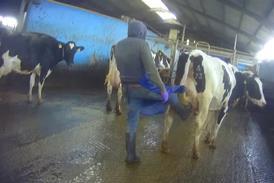




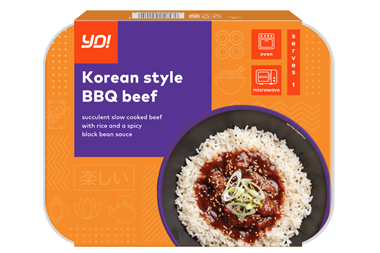
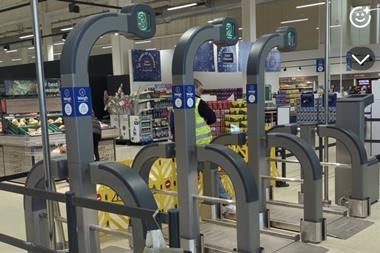




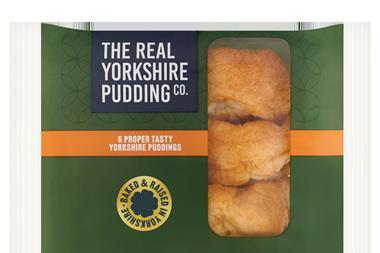
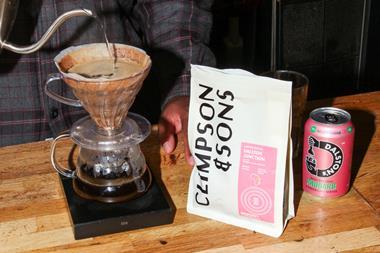


No comments yet